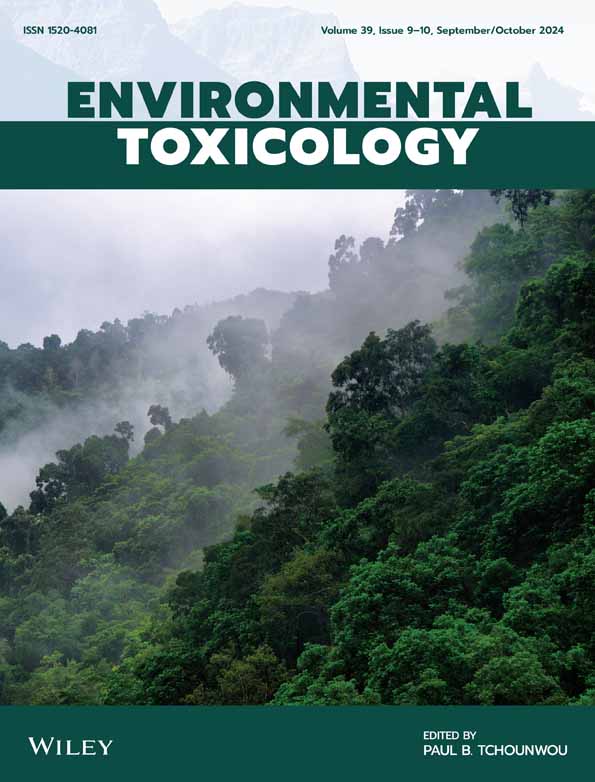Exosomal lncRNA HMMR-AS1 mediates macrophage polarization through miR-147a/ARID3A axis under hypoxia and affects the progression of hepatocellular carcinoma
Abstract
Background
At present, the role of lncRNA in different kinds of tumors has been widely reported, but its role with hypoxic environment and macrophage polarization is still unclear. Therefore, this study tried to clarify the role of exosomal lncRNA in tumor hypoxic environment and macrophage polarization in the process of hepatocellular carcinoma (HCC), and provide a basis for targeted therapy of HCC.
Methods
Bioinformatics screening of differentially expressed lncRNA and mRNA was carried out through GEO database, and the expression of lncRNA HMMR-AS1 in tumor tissues was detected and verified in HCC tissues. The effects of HMMR-AS1 on proliferation, migration, apoptosis, and macrophage polarization were determined by in vitro and in vivo experiments. Perform luciferase reporter gene detection and RNA immunoprecipitation to reveal the interaction between HMMR-AS1, miR-147a, and ARID3A. At the same time, the JASPAR database and dual luciferase report were used to detect the relationship between HIF-1α and HMMR-AS1 transcription regulation. Finally, nanoparticle tracking technology, transmission electron microscopy, and western blot were used to detect the effect of hypoxic environment on exosome secretion.
Results
LncRNA HMMR-AS1 was significantly up-regulated in HCC tissues and HCC cells and was related to the poor prognosis. Inhibiting the expression of HMMR-AS1 could significantly inhibit tumor growth in vitro and in vivo. Further study of the mechanism showed that HMMR-AS1 could competitively bind to miR-147a to prevent the degradation of ARID3A. Exosomes carrying HMMR-AS1 could promote the M2 polarization of macrophages mediated by this pathway and further accelerate the progression of HCC. In addition, in the hypoxic environment, HIF-1α promotes its transcription by binding to the HMMR-AS1 promoter and induces an increase in the number of exosomes secreted.
Conclusion
In summary, we first discovered and verified the role of lncRNA HMMR-AS1 in HCC. In terms of mechanism, the promotion of exosomal HMMR-AS1 competitive adsorption of miR-147a under hypoxic environment affects ARID3A-mediated macrophage polarization. These data provide a new direction for the research on the pathogenesis of HCC and the development of targeted therapy.

 求助内容:
求助内容: 应助结果提醒方式:
应助结果提醒方式:


